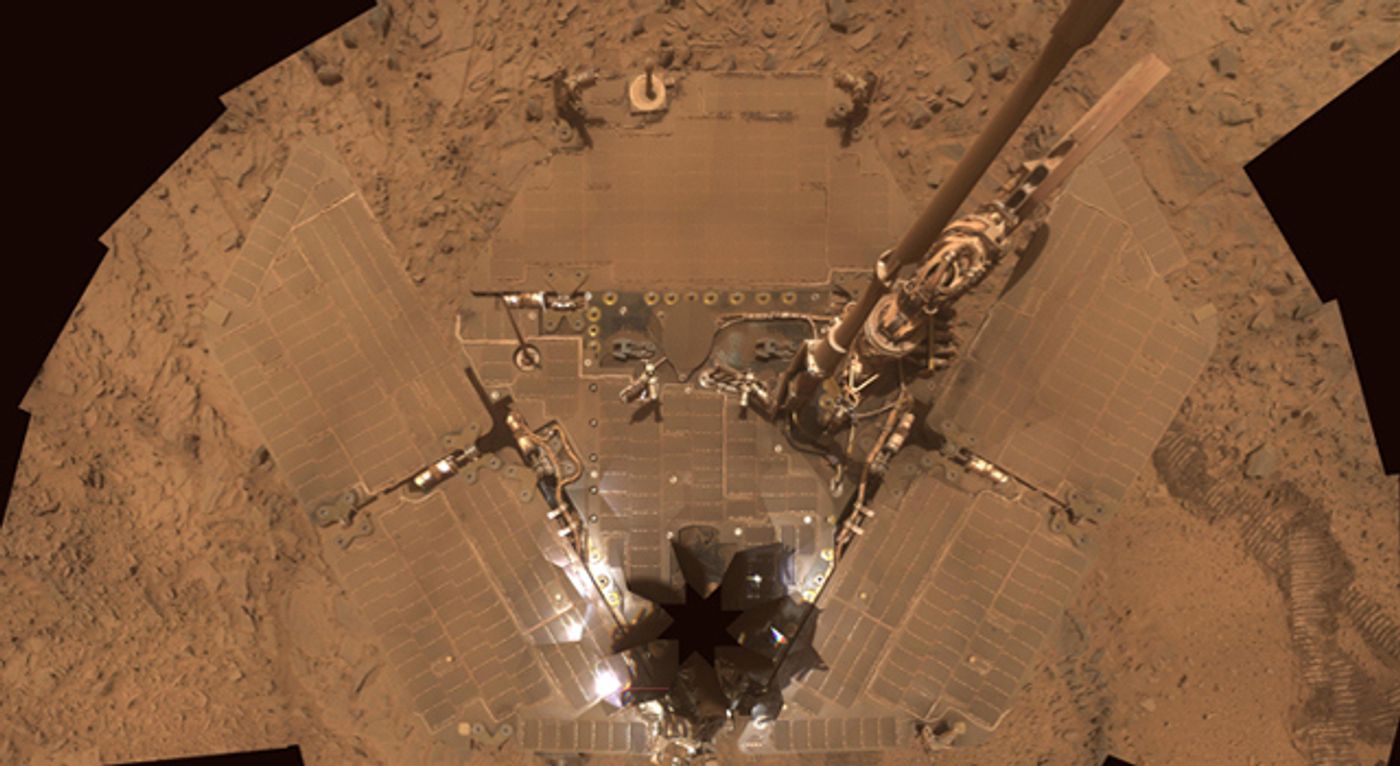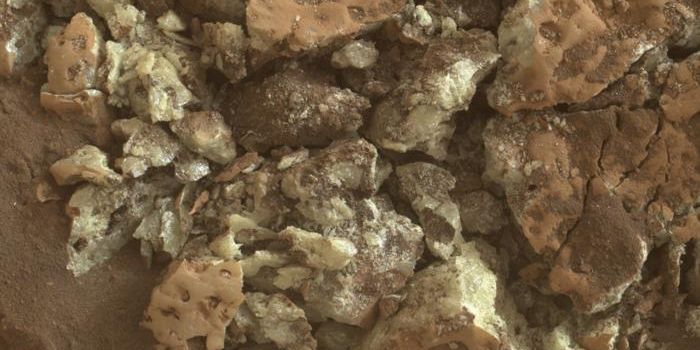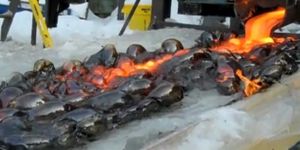Yesterday’s Part I of this article explained how, according to NASA scientists, Martian dust storms don’t present the kinds of dangers depicted in sci-fi movies where they fling vehicles, habitats, and astronauts into the air. Rather that the threat from Martian dust storms is a bit more subtle, in terms of the dust itself coming in contact with equipment from Earth. First because when it gets on solar panels, it limits or in some cases prevents them altogether from generating electricity. Second, that the electrically charged Martian dust can cause havoc with gears and electronics when it gets into any vehicles devices, or equipment.
There is another threat that Martian dust storms present for exploratory missions from Earth. When a dust storm goes global on Mars, enough dust can get thrown into the atmosphere that it blocks the sunlight from reaching solar panels in the first place. This can reduce, or in some cases, eliminate solar powered devices from being able to generate electricity.
According to NASA planetary scientist Michael Smith, this is one thing that the soon to be released movie “The Martian”, a fictional account of an astronaut who is caught in a Martian dust storm, is left for dead by his fellow astronauts, and then, using only the remnants of his mission, has to survive on Mars, got right. When global storms occur on Mars, anything that is solar powered, basically has to wait until the dust has settled out of the atmosphere, both to conserve battery power and to protect more delicate hardware. This is the case with the real-life rovers we have sent to Mars so far. "We really worry about power with the rovers,” says Smith. “It's a big deal. …The Spirit and Opportunity rovers landed in 2004, so they've only had one global dust storm to go through (in 2007) and they basically shut down operations and went into survival mode for a few weeks."
Surprisingly, when these global dust storms on Mars cause enough dust to be suspended in the air to completely cover the planet and block out the sun, this process also spells the end for the storm itself. These storms are caused by the heat from sunlight reaching the surface of the planet and then heating the air that is close to the surface. The air in the upper atmosphere remains cool. Just like thunderstorms here on Earth, when the warm air and the cool air meet, they form an area of instability. The warm air rises up, bringing dust with it, and voila: a Martian dust storm.
Smaller dust storms happen fairly regularly on Mars. Global storms seem to go years between occurrences. Scientists have been studying these storms since the early 1900’s using telescopes, but they’re still not quite sure what causes them.
"It could be that it just takes a while for the sources to replenish themselves," Smith says. "Maybe there's some kind of cycle that the dust has to go through to get back into the right places to trigger a new one, or maybe it's just kind of luck.”
Source:
phys.org









